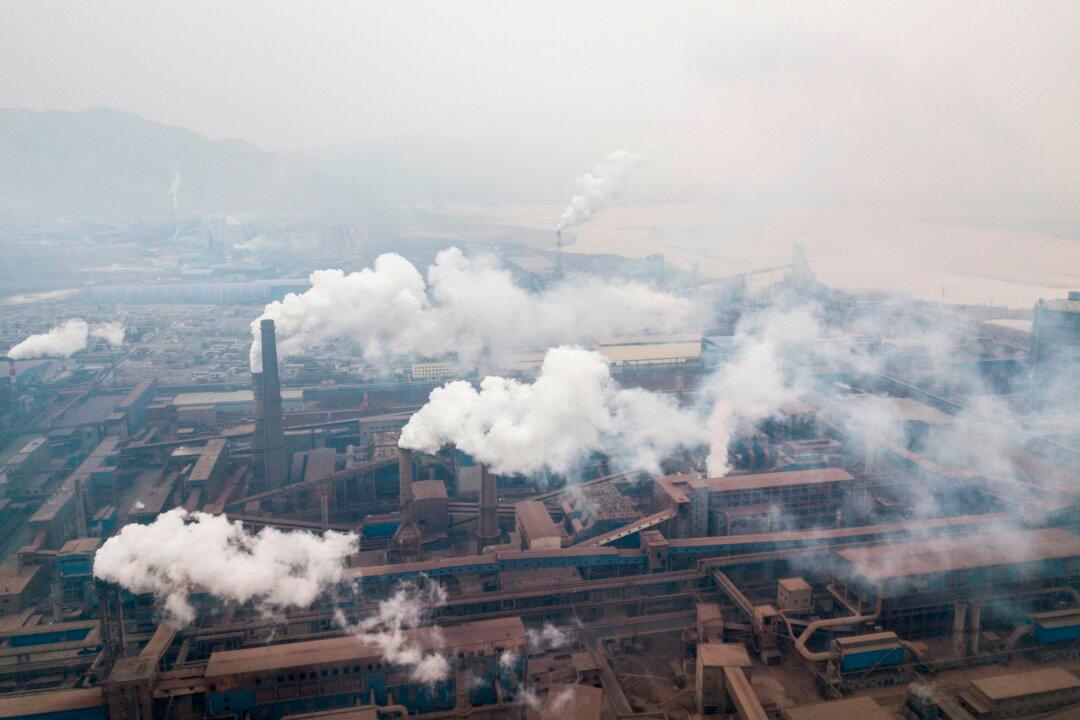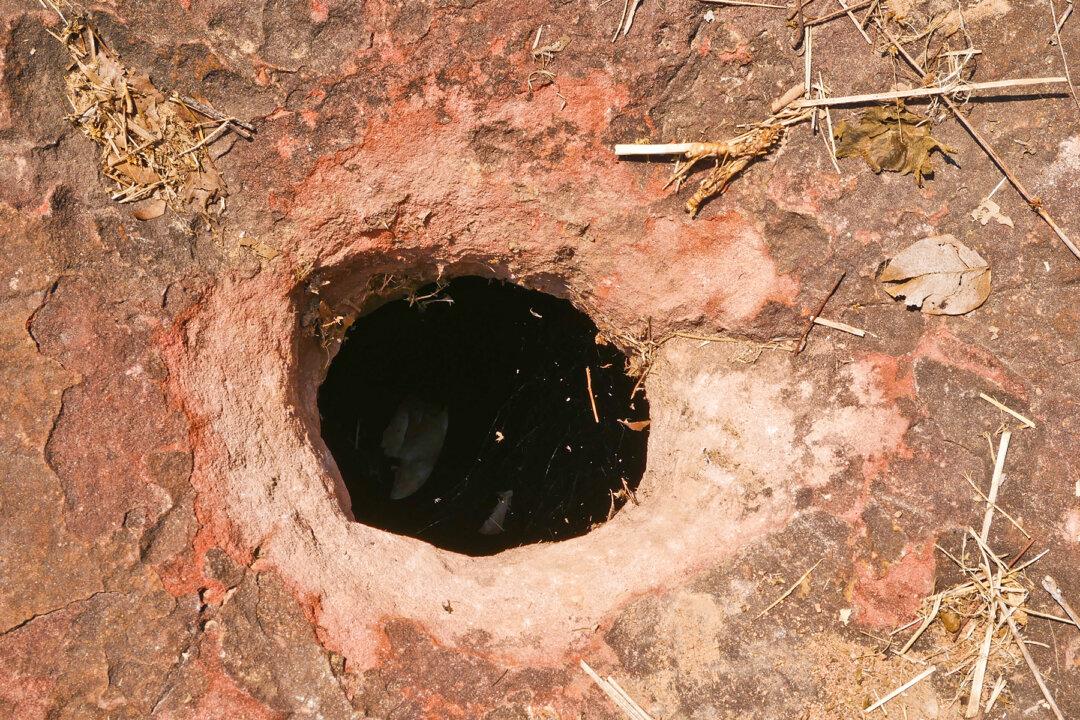Chinese authorities have released their latest targets for air quality in northern China this fall and winter, easing standards for pollution controls across the region by several percentage points on average.
On Sept. 27, China’s Ministry of Ecology and Environment (MEE) and other commissions jointly issued an air pollution-control plan for the Beijing-Tianjin-Hebei region (abbreviated in Chinese as Jing-jin-ji) and surrounding areas for the fall and winter spanning 2018-2019.




